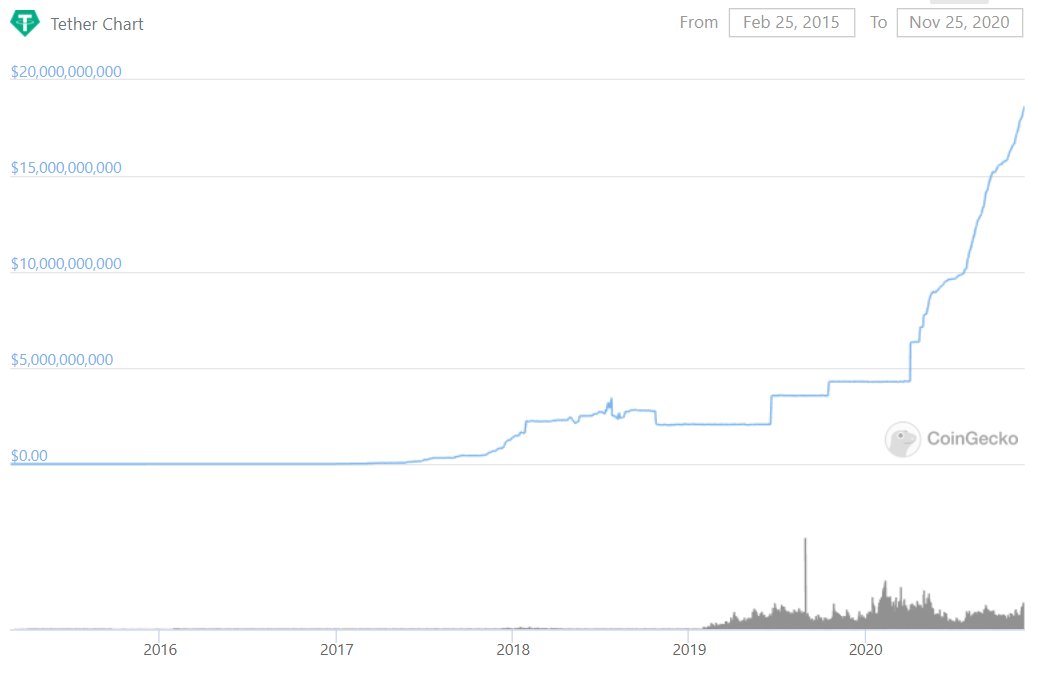
1/ Genericized Impermanent Loss Insurance - A new proposed financial primitive for bootstrapping AMM markets
2/ Last year, @synthetix_io pioneered liquidity mining - the model of incentivizing liquidity in markets via paying rewards to LPs in @UniswapProtocol and @CurveFinance
Rewards are streamed through the "mintr contract" which has become a mainstay of liquidity mining programs
Rewards are streamed through the "mintr contract" which has become a mainstay of liquidity mining programs
3/ Liquidity mining allowed new projects to disintermediate centralized exchanges and market makers and bootstrap their own liquidity - saving significant time & resources for projects with many other positive externalities
4/ IL Insurance can serve as both a complement and/or substitute for traditional liquidity mining programs
5/ Mechanics
- Project commits X tokens to IL insurance contract where LPs deposit their tokens
- Variable: duration of insurance
- Minimum staking period before insurance takes effect
- % of IL insured (can use curve based on time staked)
- bidirectional or unidirectional
- Project commits X tokens to IL insurance contract where LPs deposit their tokens
- Variable: duration of insurance
- Minimum staking period before insurance takes effect
- % of IL insured (can use curve based on time staked)
- bidirectional or unidirectional
6/ IL can be calculated entirely onchain by looking at the LP token mix at time of LPTokenDeposit and LPTokenWithdraw
7/ Minimum staking period is important to set to deter manipulators from purposefully causing IL in order to take advantage of insurance payouts.
Small pools dominated by single parties maybe prone to manipulation
Small pools dominated by single parties maybe prone to manipulation
8/ Having the insurance be unidirectional allows liquidity incentivization in a more capital efficient way
This is because most LPs are significantly more concerned about losing upside exposure than IL from token price reduction (they get more tokens that they're bullish on)
This is because most LPs are significantly more concerned about losing upside exposure than IL from token price reduction (they get more tokens that they're bullish on)
9/ The benefit of an IL insurance contract is that it can conceivably incentivize liquidity for a fraction of the cost of traditional liquidity mining programs which are quite expensive for projects and not frequently conducted at scale on a long term basis
10/ an IL insurance contract could serve as a template for any projects pursuing liquidity mining in the future similar to that of the mintr contract
11/ Many models of IL insurance have already previously been discussed
H/T @Bancor which has IL insurance built into its v2.1 protocol
H/T @Bancor which has IL insurance built into its v2.1 protocol
• • •
Missing some Tweet in this thread? You can try to
force a refresh





